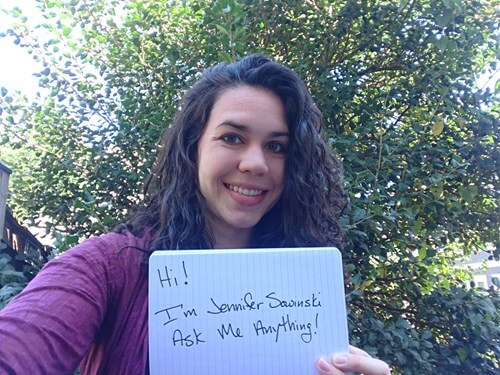Ask Me Anything: Slow Sales in Middle Prices

Jennifer Sowinski Nemeth
Senior Consultant
ASK ME ANYTHING QUESTION
“For several upcoming performances, we’ve noticed that our top and bottom prices are selling well, but our middle prices aren’t selling much at all. Why is that, and is there anything we can do to fix it?”
JENNIFER SOWINSKI’S ANSWER
We’ve written before about what to consider if you have a certain section of your house that isn’t selling. However, when it’s not just one section that isn’t selling, but the whole middle portion of your house, it does present slightly different opportunities and solutions.
Your patrons’ decision of which seat to purchase is ultimately dependent on how they perceive the value of that seat compared to the price. Some of your patrons value the best seats in the house and are willing to pay a premium for those seats. Other patrons value simply being in the room for the performance, and aren’t bothered by where they’re sitting—those are the people choosing your bottom price.
Ideally, if you’ve done a good job in matching your prices to the perceived value of each seat, your price sections should sell fairly evenly.
When the majority of tickets you’re selling are in the top price, it means that you may have underpriced the performance. The fact that you’ve sold seats in the top price, but very few seats in the second price means that the value difference (the quality of the seat) doesn’t match the price difference. You have an opportunity, in this case, to raise the top price and increase the difference between sections. By increasing the price difference, you’re setting a stronger value message between sections of your house, and will be more likely to sell them evenly.
On the other side of the equation, when your bottom price is also selling disproportionately well, there are two things to consider. First, where are those seats located? If the value of those seats (the quality and location) is not substantially different from seats at a higher price, then it’s hardly surprising that your customers will choose the lower priced seats first. Make sure that the price of those seats matches their value. Second, check the difference between your bottom price and the next lowest price. For example, if the lowest price is $25 and the next price is $45, that’s an 80% increase to go up just one section. When price jumps on the bottom end feel very large, it will often cause your patrons to choose the lower price, because getting to that next price level can feel like too much of a stretch.
So, to summarize: if only your top and bottom prices are selling, consider if you have an opportunity to raise the top price. Next, pay close attention to where the seats that sell first are located—do your prices match the value on those seats? Finally, check the relationship between your prices—are there large jumps, especially on the lower end? If you address all of these questions, you should uncover the cause of your unevenly selling house!
JCA Arts Marketing collaborates with cultural organizations to increase revenue, boost attendance and membership, and grow patron loyalty. We provide consulting and software services to hundreds of cultural institutions across multiple genres, including dance, museums, opera, performing arts centers, symphony, and theatre. We can help you achieve your marketing goals.


